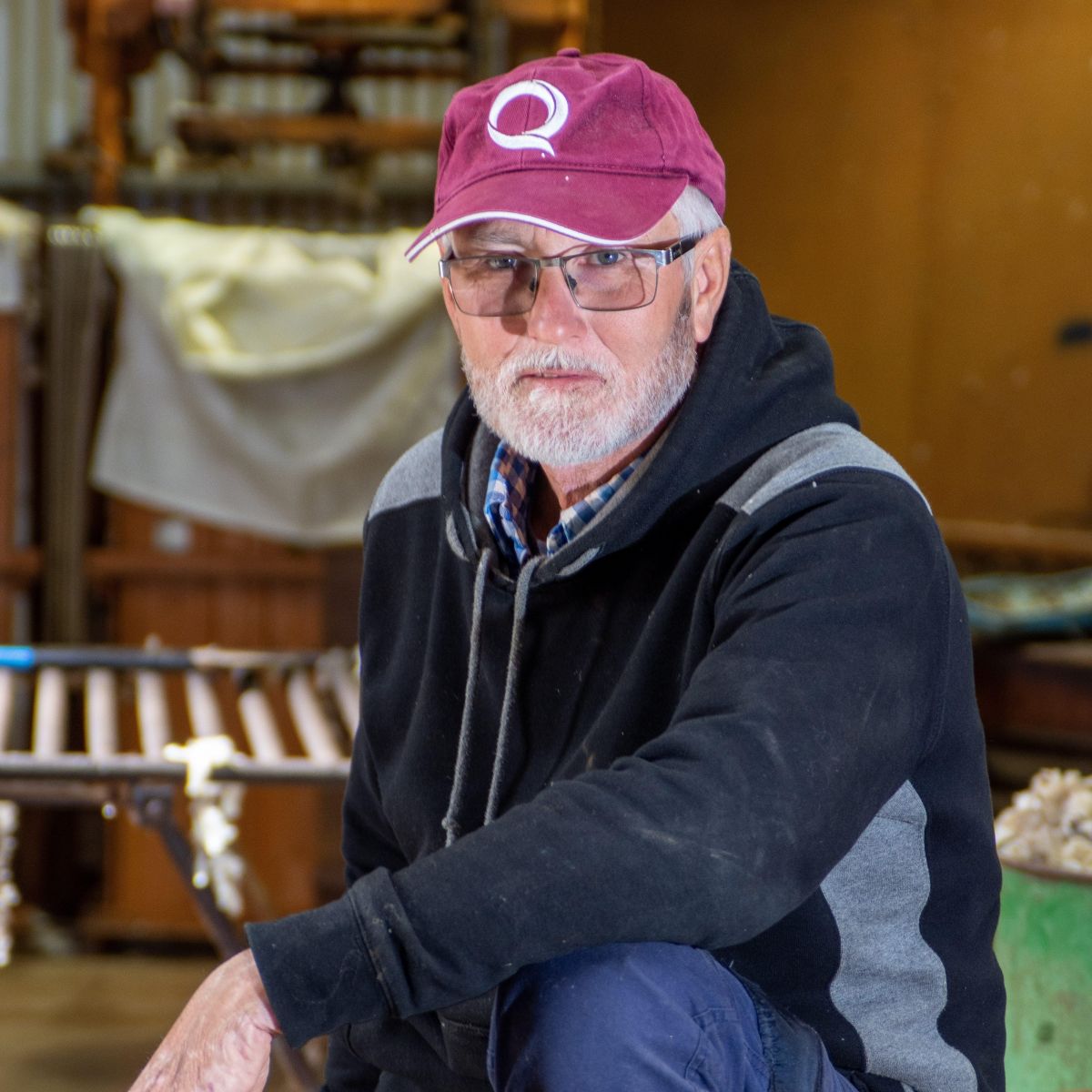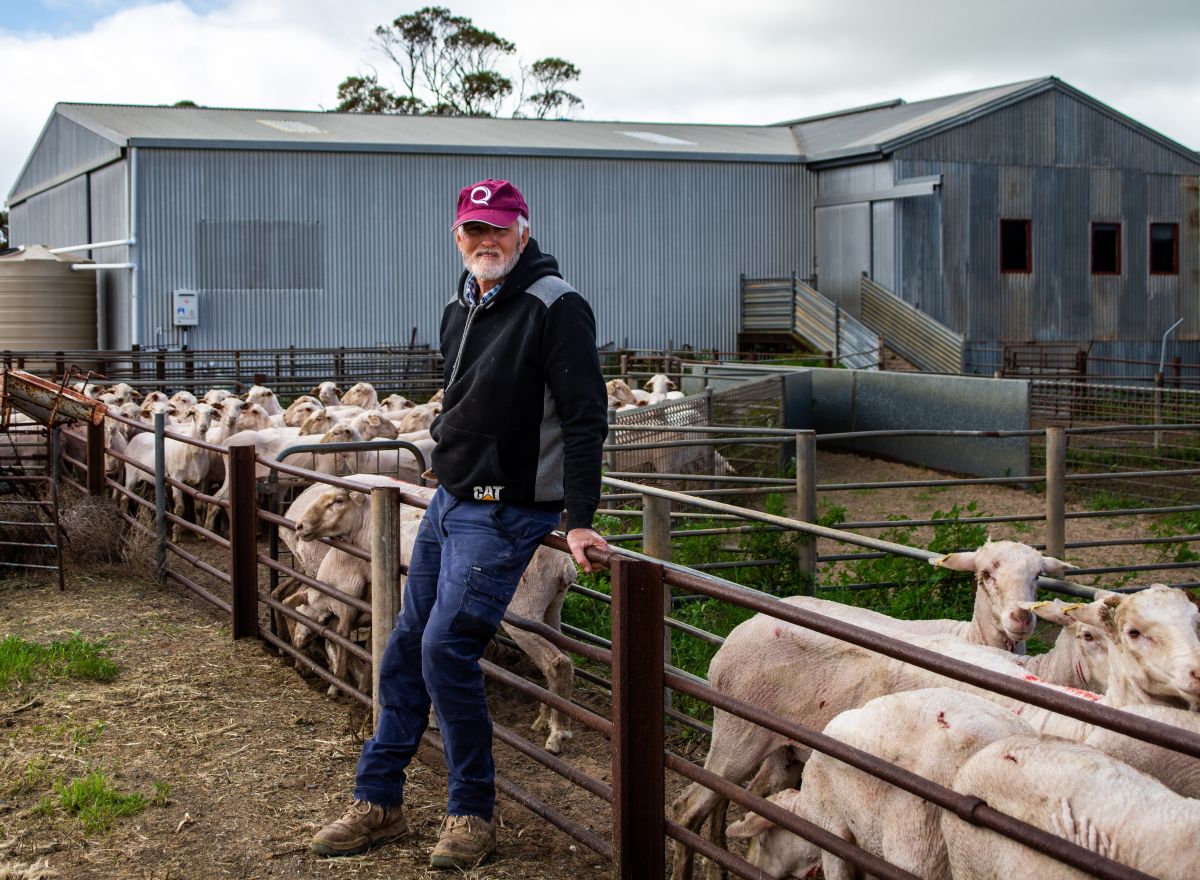Premium rewards for Minnipa-grown RWS wools

AFTER years of careful genetic selection and strategic management for their Merino flock, marketing its wool for a potential premium was a logical step for Minnipa producers Bruce and Kathryn Heddle, and they certainly achieved it at auction recently.
Via their wool broker,
The wool ranged from 16.4 microns from their lambs through to 18.3 microns from their adult ewes, with yield percentages well into the 60s, staple length of 71‑75 millimetres, good strength of up to 50 newtons per kilotex and low vegetable matter content.
The premiums were highlighted by a significant leap above price reserves for the wools compared with gains for other wool types at the auction. The RWS wools achieved from 240 cents per kilogram clean and up to 270c/kg clean above the price reserves.
RWS is an independent, consumer‑driven, voluntary standard recognising best practices of farmers for their sheep and land management.
It is now increasingly demanded by major retail brands, opening new markets to local growers and the opportunity for above auction prices.
RWS‑accredited farms must meet certain standards in the areas of animal welfare, land management and social welfare, something that has been adopted at the Heddle’s ‘Careena Downs’ property near Minnipa on the Eyre Peninsula for some time.

“We’ve had a closed mob since the 1960s, except for rams, and a preference for a plain animal, which resulted in sheep with a relatively clean breech,’’ Bruce said.
The family understood where the industry was headed with animal welfare and, aided by their sheep type, they stopped mulesing in 2006.
The transition to non‑mulesing was ably assisted by cooperative tailing and shearing contractors and Bruce said this would be vital for others looking to do the same, although he conceded it was not suitable for everyone.
“I see our sheep every week here, whereas it’s not necessarily appropriate to a pastoralist,’’ Bruce said.
“We can’t make the transition to non‑mulesing without the support of our shearers. They need to understand it and be happy with it, including knowing that they may have to handle certain sheep, but they will then never see them
The Heddles tailing contractor uses a Te Pari rotating anvil knife that stretches the skin and modifies how the tail is docked, which Bruce said was critical to the success of non‑mulesing.
“It changes the way the wool on the tail behaves,’’ he said.
“Rings are not an option, because the tip of the tail is not left in an appropriate state.’’
Completing a sustainable canola audit in recent years had prepared the Heddles for the RWS accreditation, however Bruce said the facilitation of the process by
“They provided useful templates for a lot of the process, which included management plans and documentation for all facets of our business, including the cropping.’’
“Going through the process brings a discipline to things, so it can be good, and we have committed to a further audit as part of the program.’’
He said marketing their first RWS clip with
“Lawrence has been a dominant player in the industry here for a long time.’’
“The wool was really sound for low micron wool and it was hard not to be happy with the prices.’’
The Heddles run 500 Merino adult ewes, 250 ewe hoggets and have about 550 lambs on the ground this year thanks to an excellent lambing season recorded throughout the region. The livestock business sits beside a larger cropping enterprise set over 1600 hectares and incorporating wheat, barley, canola and lentil crops, as well as medic pasture.
Their Merino breeding was earlier based on Wallaloo Park genetics from Victoria, before sourcing rams from studs closer to home, including Karawatha Park at Buckleboo and O’Brien at Kyancutta.
“When my father was in the business, we made a decision that we wanted white, bright, fleece‑rot and fly‑resistant fleece. We had zero tolerance for stain and discolouration,’’ Bruce said.
“Our micron came down from around 20.5‑21 to 18 microns for the adult sheep and 16 microns for the lambs due to our selection of a specific type.
“That selection has also achieved free growing, stronger wool with a longer staple length and clearly defined crimp. We are getting 130‑140mm of annual staple extension. It has been getting longer and we have been happy with that because we can manage our short shearings easier.’’
Over a 24‑month period, the Heddles have two shearings that are seven months apart and another shearing after 10 months, targeting minimum staple length of 65‑70mm.
“We initially went to a six‑month shearing with some success, but also challenges. If you are lambing through winter, it is difficult to achieve the wool length in six months,’’ Bruce said.
Wool yield percentages can go into the high 60s and the ‘Careena Downs’ sheep cut 4.5kg per head of clean wool annually, producing a clip of around 40 bales.